2. 음성 통신 시스템 이론
3. 기존 연구 분석
4. 시스템 특징
5. 시스템 다이어그램
6. 시스템 온 칩 구현 결과
7. 연구결과
8. 결론
9. 참고문헌
1.1. 연구배경
입체 음향은 게임 소프트웨어, 교육 보조 시스템, 오디오 플레이어 등 다양한 분야에서 사용되고 있다. 일부 소프트웨어는 소리의 발생원이 실제로 존재하는 것처럼 느껴지는 현실적인 입체 음향을 제공한다. 본 논문에서는 이러한 입체 음향을 음성 통신에 적용한 시스템을 개발한다. 기존의 음성 통신은 모노 위주로 이루어지고 있기 때문에 입체 음성을 사용하여 음성 통신을 한다면 보다 효과적인 음성 통신이 이루어질 것으로 기대된다.
1.2. 연구목적
이 논문에서는 기존 모노 음성통신을 입체음향으로 변환시키는 작업을 수행하는데 이때 변환과정에 사용되는 함수를 머리 전달 함수[1]라 한다. 이 함수는 입체 음성에 영향을 미치는 몇 가지 요소를 포함하는데, 그 요소들은 양쪽 귀로 도달하는 시간 차이 [2], 양쪽 귀에 도달하는 소리의 크기 차이[2] 및 기타 요인 [3]이 있다. 완성된 입체 음성을 생성하기 위해서는 머리 전달 함수는 매우 복잡한 함수가 된다. 이러한 복잡성 때문에 대부분의 입체 음성 연구들은 컴퓨터에 기반한 소프트웨어를 통해 구현하는데 초점이 맞춰져 있다. 하드웨어에 최적화된 알고리즘이 모바일 응용 프로그램에서 입체 음성을 구현할 수 있도록 하기 위해 개발되어왔음에도 불구하고, 컴퓨터를 통해 만들어진 입체 음성은 일반적으로 하드웨어 임베디드 시스템 으로 만들어진 음성보다 더 나은 질을 보여준다.
[2] T. Matsumura, N. Iwanaga, W. Kobayashi, T. Onoye, and I. Shirakawa, “Embedded 3D sound movement system based on feature extraction of head-related transfer function,” IEEE Trans. Consum. Electron., vol. 51, no. 1, pp. 262-267, Feb. 2005.
[3] P. Georgiou, and C. Kyriakakis, ‘‘Modeling of head related transfer functions for immersive audio using a state-space approach,’’ Proceedings of the 33rd IEEE Asilomar Conference, pp. 720–724, 1999.
[4] D. N. Zotkin, R. Duraiswami, and L. S. Davis, “Rendering localized spatial audio in a virtual auditory space,” IEEE Trans. Multimedia, vol. 6, no. 4, pp. 553-564, Aug. 2004.
[5] F. L. Wightman, and D. J. Kistler, “Headphone simulation of free-field listening I: Stimulus synthesis,” J. Acoust. Soc. Am. 85, pp. 858-867, 1989.
[6] F. L. Wightman, and D. J. Kistler, “Headphone simulation of free-field listening II: Psychophysical validation,” J. Acoust. Soc. Am. 85, pp. 868-878, 1989.
[7] M. Noisternig, T. Musil, A. Sontacchi, and R. Höldrich, “A 3D real time rendering engine for binaural sound reproduction,” Proceedings of the 2003 International Conference on Auditory Display, Boston, MA, USA, July 2003.
[8] J. W. Scarpaci, H. S. Colburn, and J. A. White, “A system for real-time virtual auditory space,” Proceedings of the International Conference on Auditory Display, Limerick, Ireland, 2005.
[9] J. D. Miller, and E. M. Wenzel, “Recent developments in SLAB: A software-based system for interactive spatial sound synthesis,” Proceedings of the 2002 International Conference on Auditory Display, Kyoto, Japan, July, 2002.
[10] W. Kobayashi, N. Sakamoto, T. Onoye, and I. Shirakawa, “3D acoustic image localization algorithm by embedded DSP,” IEICE Trans. Fundamentals, vol. E84-A, no. 6, pp. 1423-1430, June, 2001.
[11] H.-J. Kim, D.-G. Jee, M.-H. Park, B.-S. Yoon, and S.-I. Choi, “The realtime implementation of 3D sound system using DSP,” in IEEE 60th Vehicular Technology Conference, vol. 7, pp. 4798–4800, Sep. 2004.
[12] N. Sakamoto, W. Kobayashi, T. Onoye, and I. Shirakawa: “Single DSP implementation of realtime 3D sound synthesis algorithm,” Journal of Circuits, Systems, and Computers, vol. 12, no. 1, pp. 55-73, Feb., 2003.
[13] M. Okamoto, I. Kinoshita, S. Aoki, and H. Matusi, “Sound image rendering system for headphone,” IEEE Trans. Consum. Electron., vol. 43, no.3, pp. 689-693, 1997.
[14] D. Theodoropoulos, G. Kuzmanov, G. Gaydadjiev, “A 3d-audio reconfigurable processor,” Proceedings of the 18th annual ACM/SIGDA international symposium on Field programmable gate arrays, pp. 107-110, 2010.
[15] M. Allie, and R. Lyons., “A root of less evil,” IEEE Signal Process. Mag., vol. 22, no. 2, pp. 93–96, Mar. 2005.
[16] R. G. Lyons, “Understanding Digital Signal Processing,” 2nd Edition, Prentice Hall PTR, Upper Saddle River, NJ, 2004.
[17] I.-C. Park and H.-J. Kang, “Digital filter synthesis based on minimal signed digit representation,” in Proc. Des. Autom. Conf., pp. 468–473, 2001.



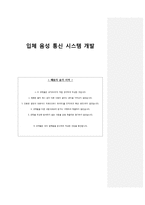
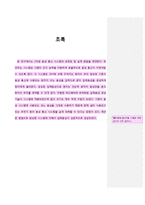


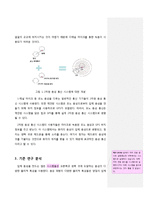
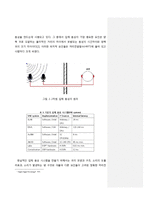
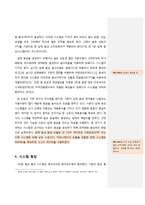
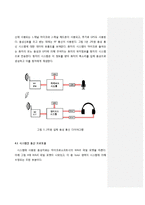
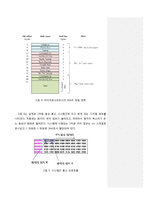
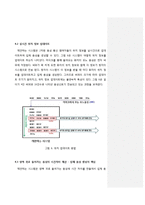
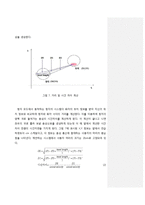
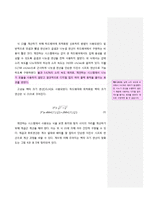

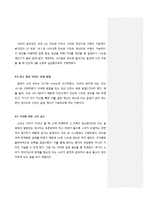
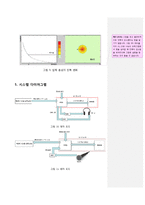
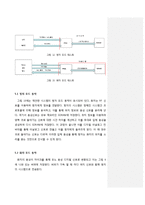
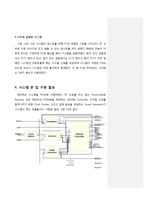

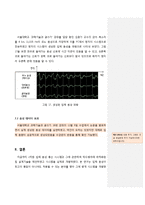
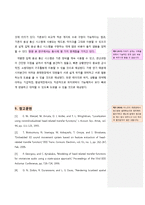
 분야
분야


